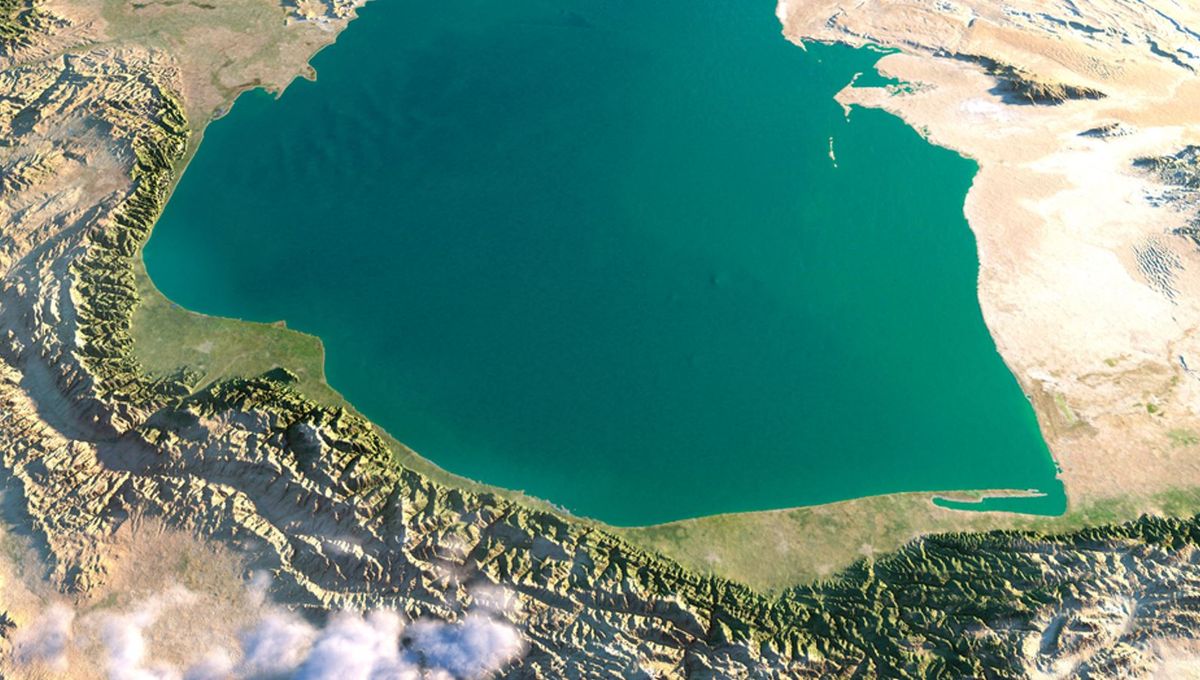
The presence of archaic genes within the modern human genome tells us that Homo sapiens once interbred with other hominin species such as Neanderthals and Denisovans, although where and when these ancient rendezvous occurred is difficult to say. Seeking to solve the mystery, the authors of a new study have retraced the potential dispersal routes taken by Neanderthals as they moved out of Europe, identifying Iran as a possible meeting place between these three related species.
Neanderthal stone tools typically fall into two distinct technological cultures, known as the Mousterian and Micoquian. The geographical separation between these lithic traditions suggests that Neanderthals may have split into groups, each of which migrated eastwards along a different route.
Based on the distribution of Mousterian and Micoquian archaeological sites and data on topography and climate, the researchers used computer modeling to identify the two most likely dispersal routes taken by Neanderthals as they spread from Europe to Asia.
One of these avenues would have taken our ancient cousins through Siberia, where freezing conditions would have made survival difficult. The other, however, passed through the more pleasant Southern Caspian Corridor (SCC) further south.
Located between the Alborz mountains and the Caspian Sea, the SCC is a narrow strip in modern-day Iran, which provided a warm refuge for numerous plant and animal species during glaciation events between 57,000 and 71,000 years ago. Throughout this period, the region acted as a biogeographical bridge, allowing eastern and western populations of flora and fauna to remain connected.
“Based on the reconstruction of annual precipitation and annual temperature during MIS 4 [57,000-71,000 years ago] we suggest that this area… could serve as a refugium for Neanderthals, as it was for other species,” write the study authors. They go on to say that the region might have simultaneously been home to other hominins, thereby providing a meeting place and opening up the possibility of interbreeding.
“[The] SCC was [where] the home range overlapped for Neanderthals from [the] west, homo sapiens newcomers from inner parts of the Iranian Plateau… and other hominins (i.e. Denisovans) from [the] east,” they say.
“The location of SCC between Caucasus and Central Asia, gives rise to the hypothesis of SCC as one of the hot spots for tracking hominin admixture and introgression, as it was the case for some faunal species,” continue the researchers.
However, while ancient climate data may hint at the possibility of species intermingling in northern Iran, the study authors point out that such a theory can’t be confirmed until actual hominin remains are discovered in the area. To date, the only evidence we have for ancient human occupation of the SCC are in the form of stone tools and other cultural materials.
“At the present state of knowledge, it is too soon to go further than a hypothesis,” say the researchers. “Hominin fossils (Neanderthals, homo sapiens and Denisovans, or ghost lineage) are crucial to encrypt the puzzling picture of hominin settlements in this odd refugium.”
The study has been published in the journal PLOS ONE.
Source Link: Neanderthals, Denisovans, And Modern Humans Might Have Intermingled In Iran